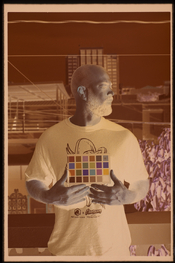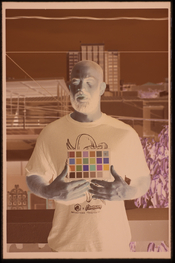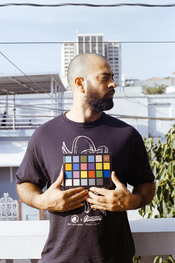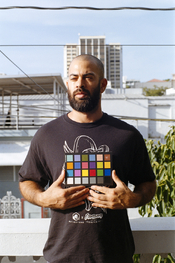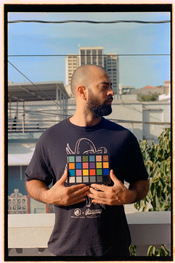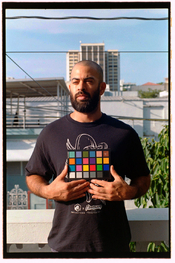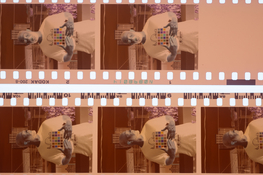@Rudeofus, thank you for the suggestion, I guessed that what you wrote was directed at me, because you indicated the Polish company Keten, which I am familiar with. I searched the offer of this German company Greisinger but I did not find any probes for photographic applications in their offer.
However, I did find such probes in the offer of a company SENTEK from the UK:

 www.sentek.co.uk
www.sentek.co.uk
Price 127.50 British pounds. BNC connector.
I wonder why they don't provide information on what pH meters these probes work with.
Can it be any pH meter with a BNC connector?
EDIT:
Here is a much cheaper offer (£81.00) from another company but it is the same electrode / probe, manufactured by SENTEK:

 www.omniinstruments.co.uk
www.omniinstruments.co.uk
However, I did find such probes in the offer of a company SENTEK from the UK:

P11/HA Glass High Alkaline Photographic pH Electrode - Sentek Limited
Glass bodied pH electrode designed for high alkaline samples and photographic solutions.
 www.sentek.co.uk
www.sentek.co.uk
Price 127.50 British pounds. BNC connector.
I wonder why they don't provide information on what pH meters these probes work with.
Can it be any pH meter with a BNC connector?
EDIT:
Here is a much cheaper offer (£81.00) from another company but it is the same electrode / probe, manufactured by SENTEK:

111-702 - Omni Instruments
P11/HA Glass Bodied High Alkaline pH Electrode for a pH range of 0-14. Combination electrode with a Silver/Silver Chloride reference wire and ceramic junction. Eo point 0 to +/-25mV. Shaft dimensions (approx) 12mm diameter and 120mm length. BNC connector with 1m cable. Operating temperature 0 to...
 www.omniinstruments.co.uk
www.omniinstruments.co.uk
Last edited:








